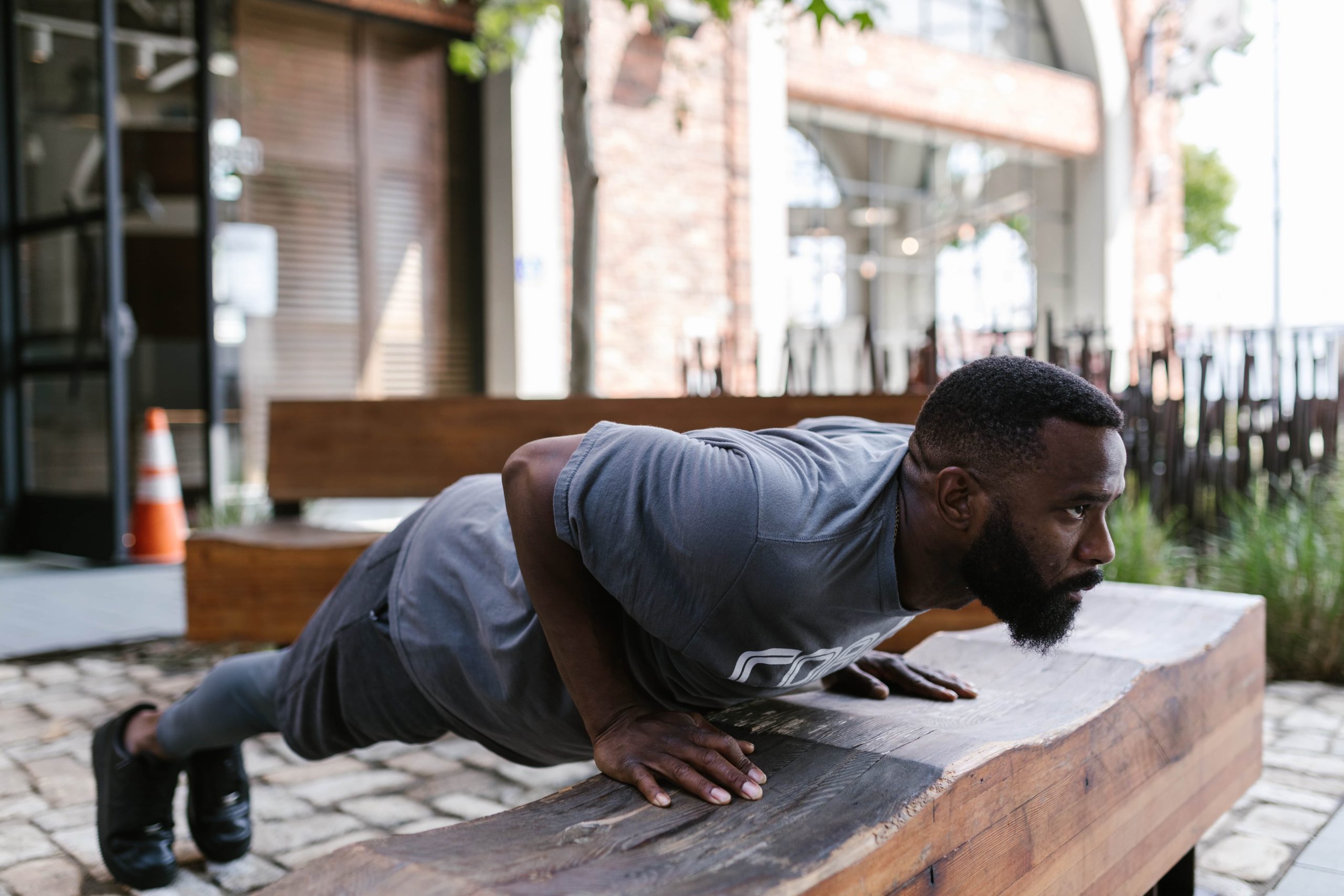Bursitis affects about 9 million people in the United States, making it a fairly common condition. Ironically, the function of the bursae is to facilitate smooth and pain-free movement but when they become irritated and inflamed, the bursae can make movement limited and painful. If you or someone you know are suffering from this difficult condition and would like to avoid shoulder bursitis surgery, continue reading to learn more about shoulder bursitis and your non-surgical treatment options.
The Subacromial Bursa
The bursae (pronounced bur-SEE) are fluid-filled sacs located throughout our bodies in any area where friction can occur. They’re usually located between tendons and bones to help prevent wear and tear. Without the bursae, connective tissues, tendons, and muscles would quickly be worn down by bones.
The subacromial bursa is located in the shoulder and has the purpose of cushioning the rotator cuff tendons and the acromion, which is the highest point of the shoulder blade or scapula. In this area, the bursae allow you to move and lift your arms without friction or difficulty. However, the subacromial bursae can become inflamed, leading to shoulder bursitis, a very painful condition.
Shoulder Bursitis
There are more than 150 bursae all over the body, but the most common areas where bursitis develops are the shoulder, knee, and elbow. In this article, we’ll be discussing shoulder bursitis. This condition can develop when overuse or an injury causes fluid to collect in the bursa, leading to painful inflammation and irritation.
There are generally three types of bursitis: chronic bursitis, infected bursitis, and traumatic bursitis, which is the most common type seen in athletes.
Chronic bursitis is the most common type of bursitis and usually takes time to develop. It is typically the result of repetitive irritation to the bursa. In many cases, it may occur for no specific reason, but some people with chronic bursitis may have a preexisting medical condition that can cause swelling in the bursa.
Infected bursitis is a more serious type of bursitis, and occurs when the bursa becomes infected by bacteria. If left untreated, the infection may spread and cause other issues.
Finally, traumatic bursitis, also known as acute traumatic bursitis, usually develops in athletes and is the least common. It can result from one of two causes: repetitively rubbing an extremity against a hard surface or bending the joint too much.
Symptoms of Bursitis
Bursitis symptoms will depend on the type of bursitis as well as the severity of the inflammation. If you suffer from chronic bursitis, swelling will be the most noticeable symptom, although it usually isn’t painful or red. Despite this, you should speak with your doctor once you notice it, as this swelling can become warm and painful.
Traumatic bursitis is characterized by rapid swelling and usually begins after a specific incident. In the case of shoulder bursitis, the shoulder may become tender, warm, and may develop bruising.
Shoulder pain caused by bursitis may develop gradually and have a sudden onset, such as after an injury or traumatic incident. Other symptoms of shoulder bursitis include:
- A dull ache, sharp pain, or mild tenderness.
- Shoulder stiffness or a feeling of swelling.
- Pain when moving your affected arm.
- Pain when lying on the affected side.
- Sharp or pinching pain when you raise your arm overhead.
- Pain when you lower your arm.
- Minor pain that may be felt both during activity and when resting.
- Pain that radiates from the front of your shoulder to the side of your arm.
Over time, pain may worsen, leading to:
- Nighttime pain.
- Loss of strength or motion.
Causes of Shoulder Bursitis
Although shoulder bursitis can develop in anyone, overhead athletes and professionals whose occupations require repetitive shoulder movements are at higher risk. Professions at risk of shoulder bursitis include painters, carpenters, and builders, while athletes at risk include football, softball, and lacrosse players.
Certain conditions place people at higher risk of bursitis as well, such as arthritis, gout, diabetes, kidney disease or uremia, or thyroid disease.
Shoulder Bursitis Surgery
If conservative treatment options fail to relieve pain, shoulder bursitis surgery may be recommended. Because the goal of shoulder bursitis surgery is typically to create more space for the rotator cuff, surgery usually involves removing the inflamed part of the bursa or removing the bursa altogether.
Fortunately, even in cases when conservative treatment has been unable to relieve shoulder bursitis pain, shoulder bursitis surgery is not your only option for relief from your pain. A variety of non-surgical, cellular-based therapies are available that can relieve shoulder bursitis pain without limiting your range of motion or requiring the removal of the bursa.
Treatment options like Bone Marrow Concentrate, Alpha 2 Macroglobulin Injection, and Autologous Stem Cell Injections reduce inflammation while encouraging the growth of new tissue. These options also allow patients to recover more quickly than they would if they underwent surgery, which means that you can get back to your sport or back to work in less time.
Get Relief From Shoulder Bursitis Pain in Glen Mills, PA
If you or someone you know has shoulder bursitis, get the care you need to get back to optimal performance without shoulder bursitis surgery at the Center for Sports Medicine and Wellness.
Our team is proud to be experts in the most advanced orthobiologic and minimally invasive treatments for our patients. We understand that our patients’ top priority is to successfully recover from their conditions while getting back to their lives or their sports as quickly as possible. We’re proud to provide the most advanced options that allow our patients to restore their mobility without a lengthy recovery period.
If you’d like to learn more about our services or contact us to schedule a consultation, please call our office in Glen Mills, Pennsylvania, at (610) 459-4200 or fill out our form. We welcome your inquiry and we look forward to helping you get back to the game of life!

